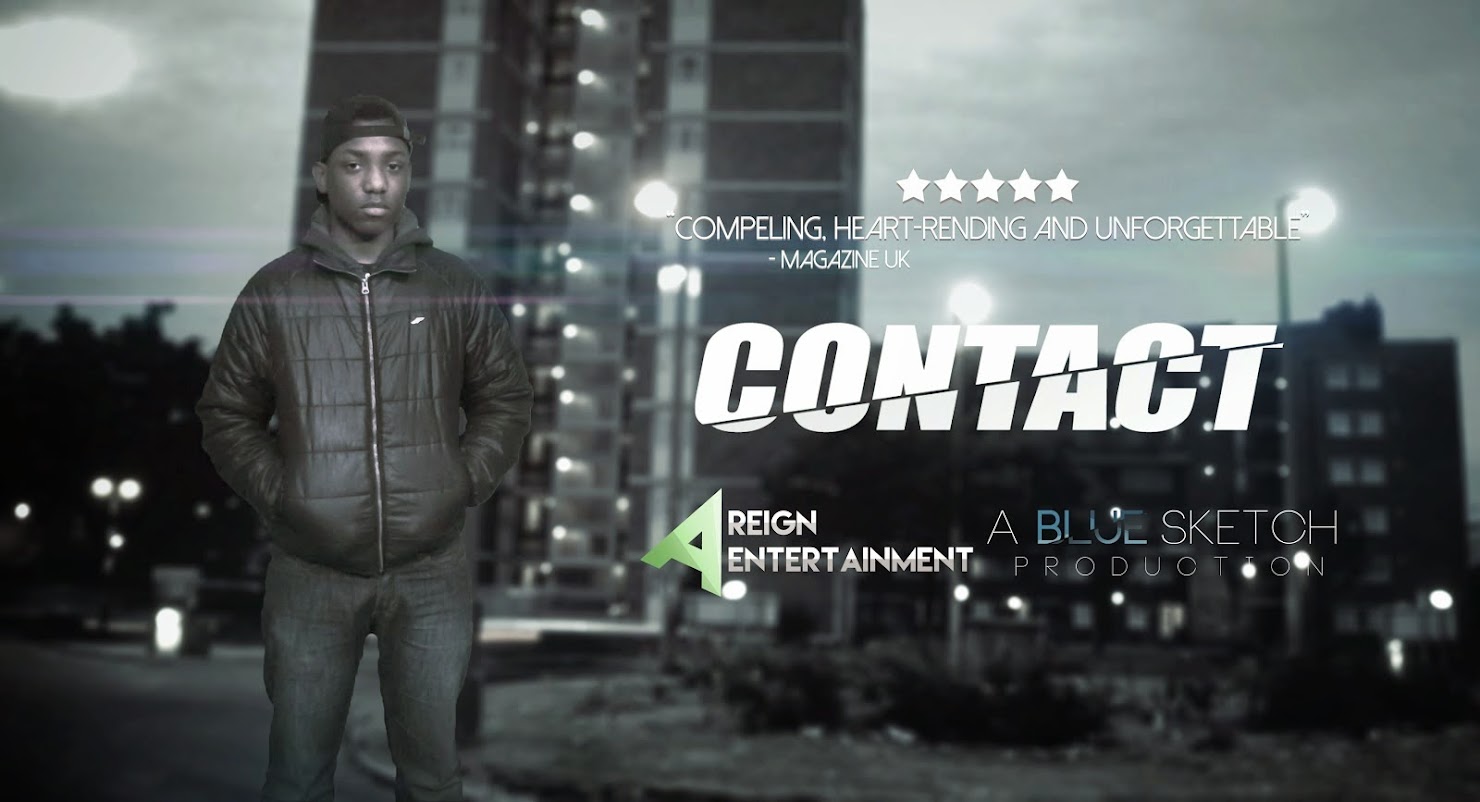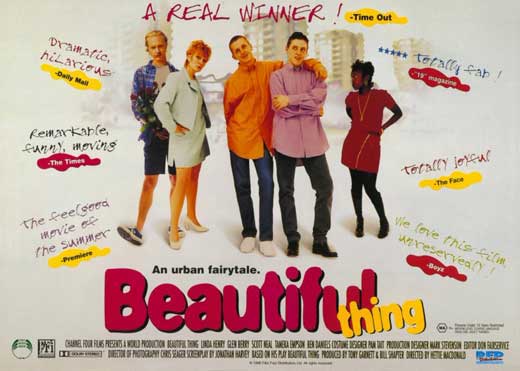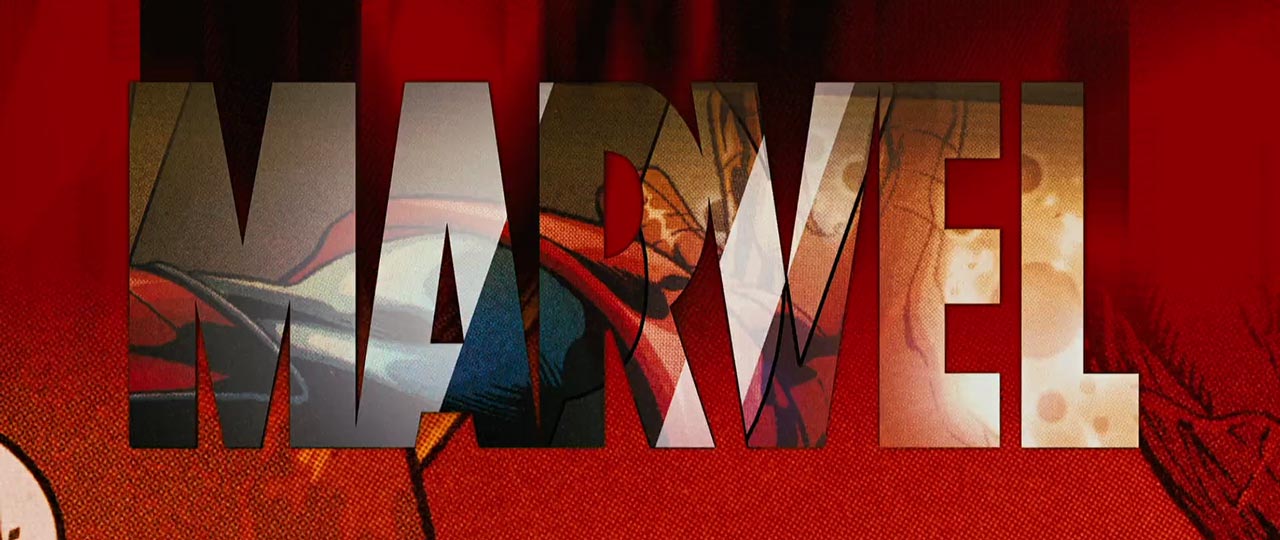In our group we choose to remake 'The Breakfast Club' which is a classic teen drama. The task was to recreate teh action whilst placing the title credits on a moving image instead of a solid black screen as in the original begining. We placed all simlar scenes in the same order to create the same effect.
The purpose is to
- learn how to plan/shot list and story board the the title sequense .
- to learn how film using range of shot types conventional High sschool teen movie title sequence.
- learn how to edit using FCP
- learn how to use motion to create titles
Our steps
- Watch the Title sequence for the film and list shots AND the title credit in order , using shot - lis sheets.
3. Identify which locations you will need to use an which props you may need to source, make or improvise .
Props we need: Cars (green screen ?) ,clock, cantine, billboard,graffiti ,lockers ,newspaper ,trophy cabinet ,litter ,hall ,book man of the year , IT room ,changing room ,teachers desk & prom queen ballet
clothing :Leather jacket , scarf ,blazer , beanie , head band ,jacket ,baseball jacket ,hoodie ,trench coat
& sunglasses.
The Finished Product :
We editted the sequence in two different programs that allowed us to do even more and explore the abiity further then originally planned.
Evaluation :
It was easy to edit the title credit in order however due to the high bugdet film this envolved a large number of credits to use within our remake.
We chose to create very similar colour and font for the title credits to create a full remake. This was both successful and create a good sync with the whole video. The title were cotrasting with the dull hallways and items as for the yellow font.
If we were to do the task again we would attempt to use the green screen to allow a more realistic car effect.
























